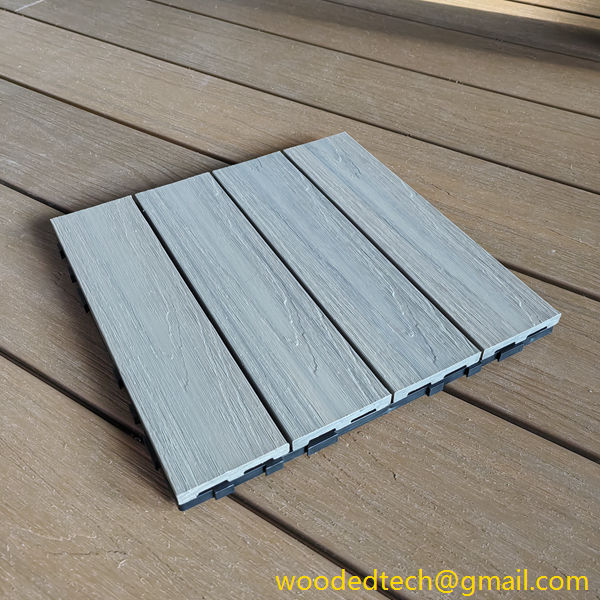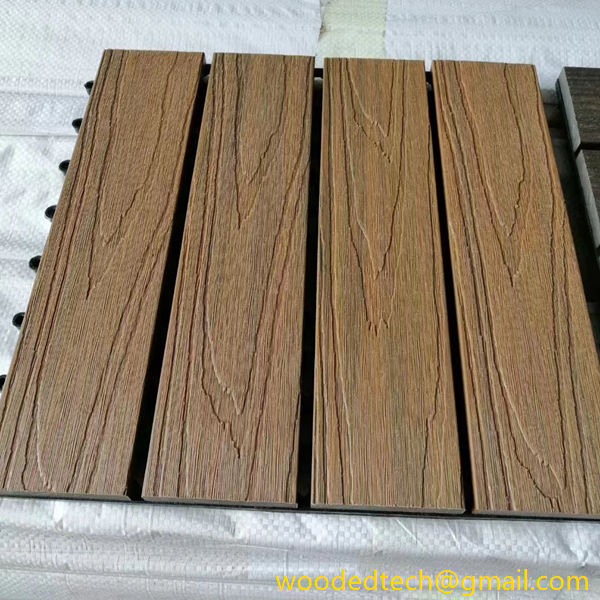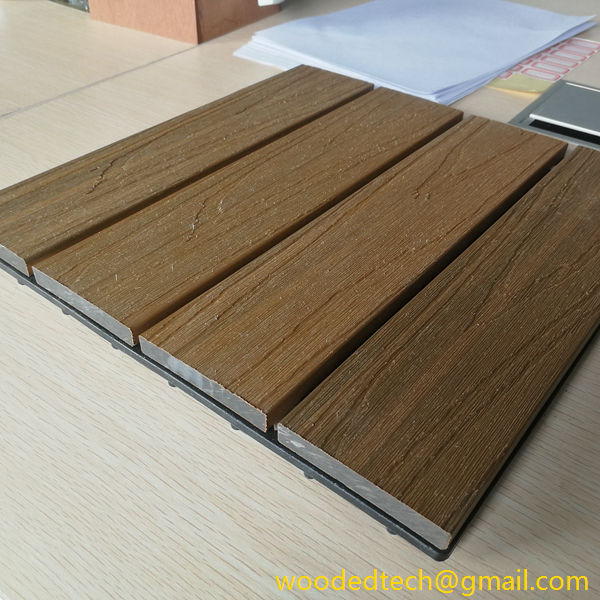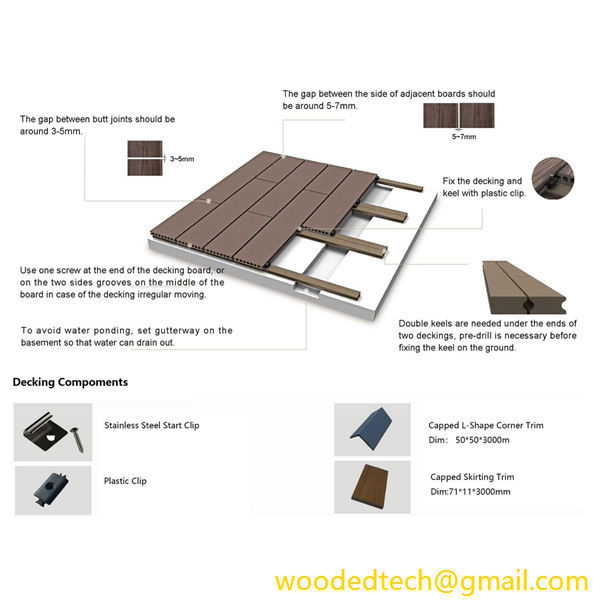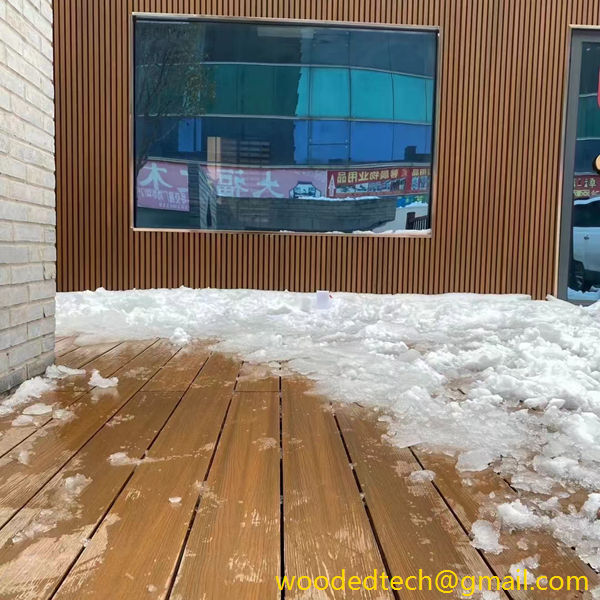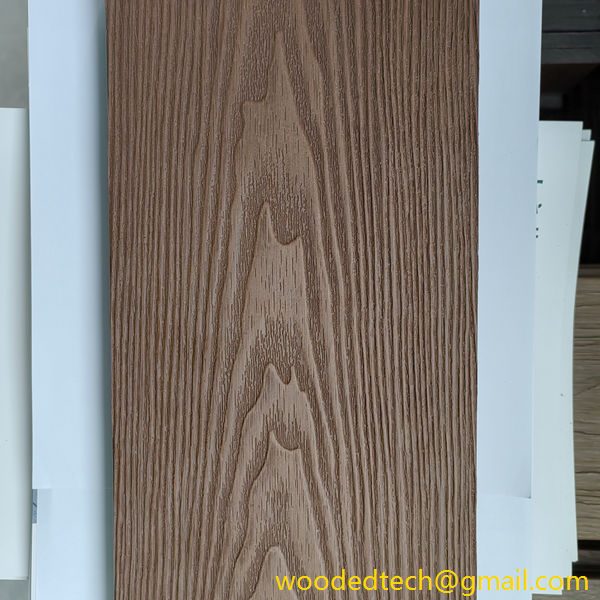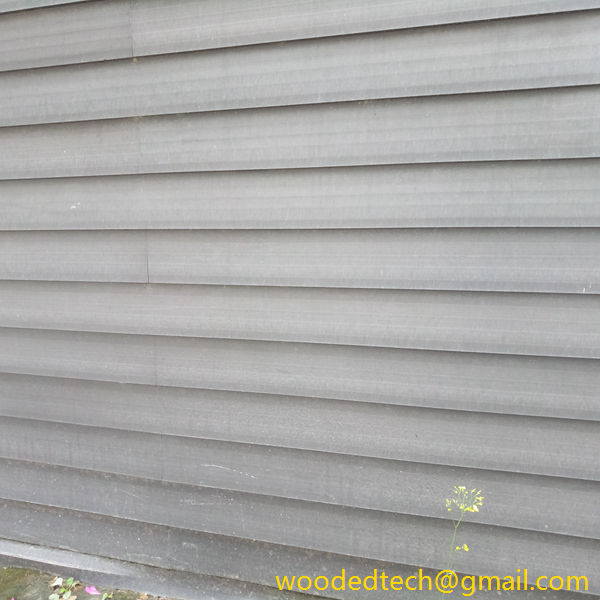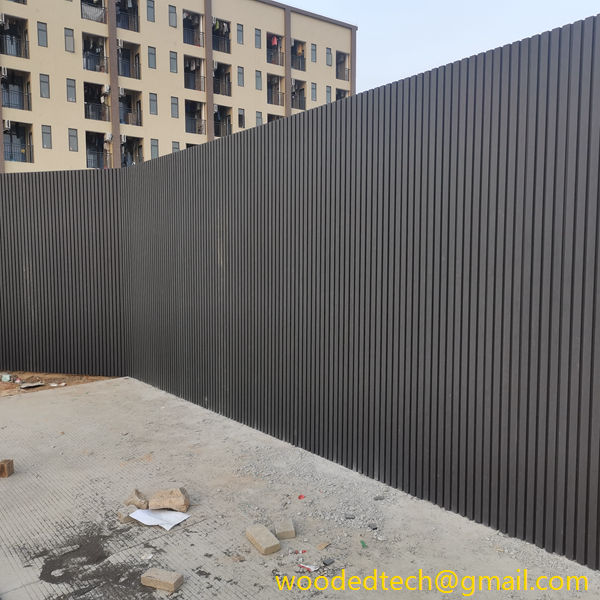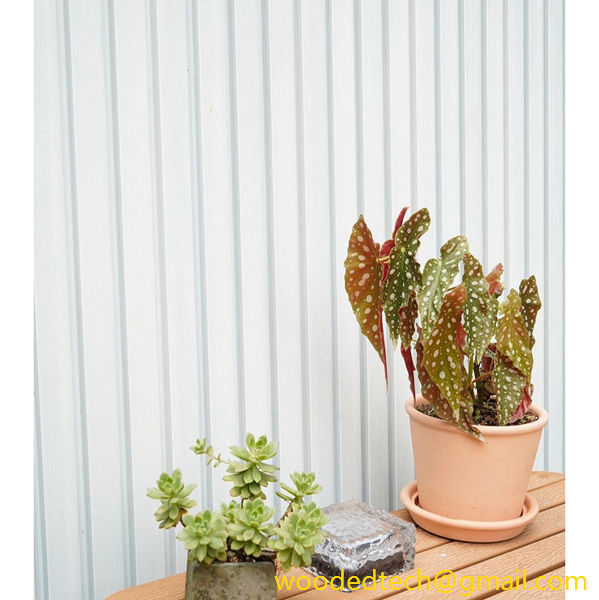Functional and Stylish Wood and Plastic Decking Tiles for Outdoor Spaces
Functional and Stylish Wood and Plastic Decking Tiles for Outdoor Spaces In recent years, the demand for functional and aesthetically pleasing outdoor spaces has surged. As homeowners and businesses strive to create inviting environments for relaxation and entertainment, the choice of materials becomes critical. Among the various options available, wood and plastic decking tiles have…
Functional and Stylish Wood and Plastic Decking Tiles for Outdoor Spaces
In recent years, the demand for functional and aesthetically pleasing outdoor spaces has surged. As homeowners and businesses strive to create inviting environments for relaxation and entertainment, the choice of materials becomes critical. Among the various options available, wood and plastic decking tiles have emerged as popular solutions, combining durability, ease of installation, and visual appeal. This article explores the concept of decking tiles, their advantages, and the global production capacity distribution that shapes the market.
Decking tiles serve as a versatile flooring solution for patios, balconies, gardens, and other outdoor spaces. They are designed to provide a flat, stable surface for walking, lounging, and hosting gatherings. The two primary materials used in decking tiles are wood and plastic, each offering unique characteristics that cater to different preferences and environmental considerations.
Wood decking tiles are favored for their natural aesthetic. They bring warmth and a sense of connection to nature, making them an ideal choice for outdoor settings. These tiles are typically made from hardwoods, softwoods, or engineered wood products. Hardwoods, such as teak and mahogany, are known for their durability and resistance to decay, while softwoods like pine offer a more cost-effective option. Engineered wood products, composed of several layers of wood, provide enhanced stability and resistance to moisture.
On the other hand, plastic decking tiles, often made from recycled materials like polyethylene or polypropylene, have gained popularity due to their low maintenance requirements and environmental benefits. These tiles are resistant to rot, fading, and insects, ensuring longevity and reducing the need for frequent repairs or replacements. Additionally, the use of recycled materials in the production of plastic decking tiles contributes to sustainability efforts, appealing to environmentally conscious consumers.
The choice between wood and plastic decking tiles often depends on various factors, including climate, intended use, and personal preference. For instance, homeowners in regions with harsh weather conditions might prefer plastic tiles due to their durability and resistance to water and UV damage. Conversely, those looking for a more traditional and natural look may opt for wood tiles, especially if they are willing to invest in regular maintenance.
From a global production capacity perspective, the market for decking tiles is influenced by several key factors, including regional preferences, raw material availability, and technological advancements in manufacturing. The distribution of production capacity varies significantly across different regions, with some countries emerging as leaders in the industry.
In North America, the decking tile market has experienced steady growth, driven by a strong demand for outdoor living spaces. The United States and Canada are home to several manufacturers specializing in both wood and plastic decking tiles. The availability of abundant timber resources supports the production of wood tiles, while advancements in recycling technologies have bolstered the plastic decking tile sector.
In Europe, the market is characterized by a growing emphasis on sustainability and eco-friendly materials. Many European countries prioritize the use of recycled materials in the production of decking tiles, leading to a rise in the popularity of plastic options. Scandinavian countries, in particular, have made significant strides in promoting sustainable forestry practices, ensuring a steady supply of responsibly sourced wood for decking products.
Asia is also witnessing a rapid expansion of the decking tile market, driven by urbanization and an increasing focus on outdoor living. Countries like China and India are investing heavily in infrastructure development, leading to a surge in demand for outdoor flooring solutions. The production capacity in Asia is rapidly increasing, with numerous manufacturers emerging to meet the growing consumer needs. However, challenges such as quality control and environmental regulations pose hurdles for some producers in the region.
In addition to regional variations, technological advancements play a pivotal role in shaping the global production capacity of decking tiles. Innovations in manufacturing processes have enabled companies to produce high-quality tiles more efficiently. For example, advancements in injection molding technology allow for the creation of complex designs and textures in plastic decking tiles, enhancing their aesthetic appeal. Furthermore, the development of composite materials, which combine wood fibers with plastic, has resulted in a new category of decking tiles that offer the best of both worlds—natural beauty and enhanced durability.
As the market for decking tiles continues to evolve, consumer preferences are shifting towards multifunctional and stylish options. Modular designs that allow for easy installation and customization are becoming increasingly popular. Homeowners are looking for solutions that not only enhance the beauty of their outdoor spaces but also provide practical benefits such as slip resistance, ease of cleaning, and weather resistance.
In conclusion, the global production capacity distribution of wood and plastic decking tiles reflects a dynamic market influenced by regional preferences, raw material availability, and technological innovations. As consumers continue to prioritize functional and stylish outdoor spaces, the demand for high-quality decking tiles is expected to grow. Whether choosing wood for its natural charm or plastic for its durability, homeowners and businesses alike can find suitable options that meet their needs while contributing to the creation of inviting outdoor environments. As the industry moves forward, sustainability will likely remain a key consideration, shaping the future of decking tile production and design.

